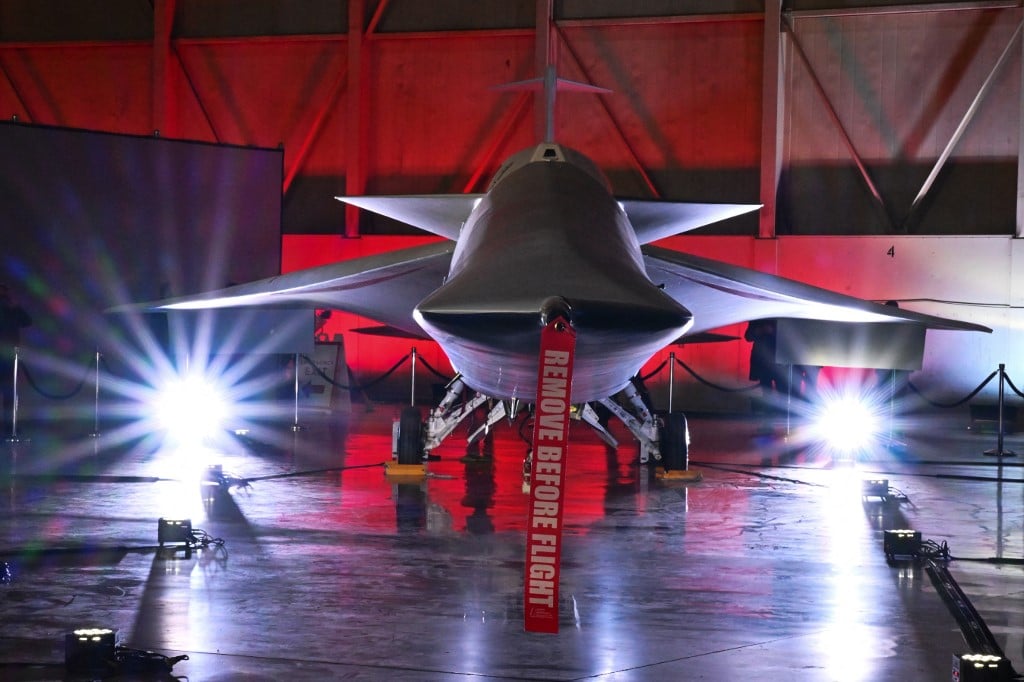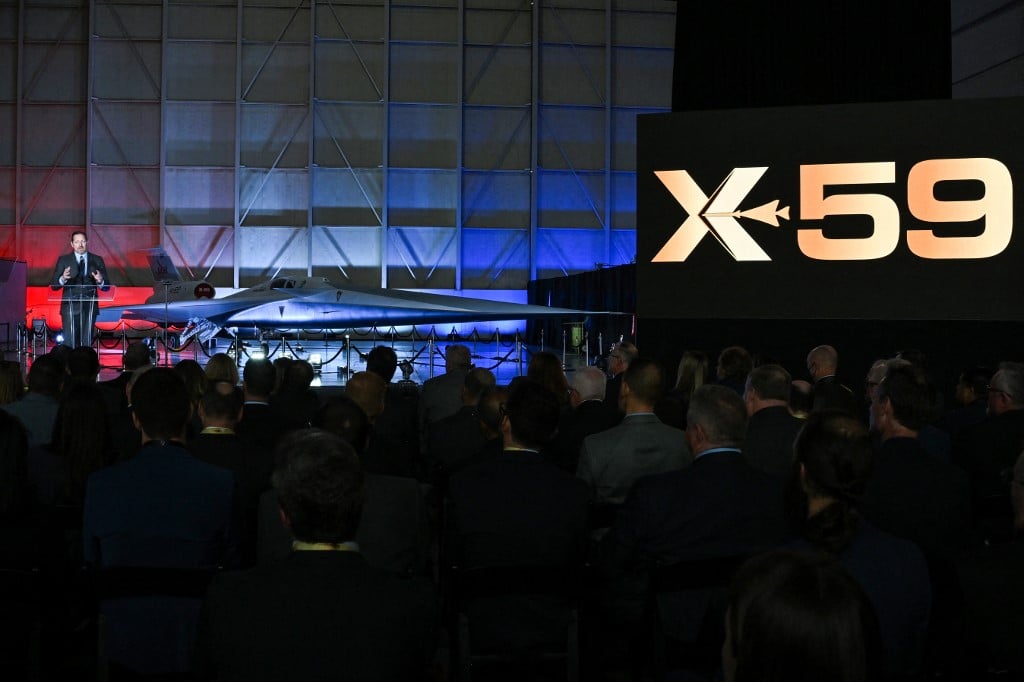
A closer look at the new supersonic aircraft.
At a joint ceremony with Skunk Works, a subsidiary of Lockheed Martin, in Palmdale, California, on January 13 (Vietnam time), NASA unveiled the X-59, an experimental supersonic aircraft expected to reach speeds of 1.4 times the speed of sound (1,488 km/h).
The X-59 is 30.4 meters long and 9 meters wide, with a thin, elongated nose section that accounts for nearly one-third of the aircraft's overall length. This feature is designed to disperse the shock waves that often engulf the aircraft and cause sonic booms.
In an effort to further enhance the aircraft's supersonic capabilities, engineers moved the cockpit down to almost half its length and removed the forward-facing windows found on other aircraft.
Explaining the X-59's configuration at the launch, NASA Deputy Administrator Pam Melroy said: "We made decisions to reduce the aircraft's operational noise, but it's truly a significant step forward for the aircraft itself and for the advancement of aviation technology."

The X-59 is expected to take flight this year.
"[With] the significant challenge posed by the cockpit's limited visibility, the engineering team developed an external viewing system, and it was truly a brilliant innovation of high-resolution cameras feeding information onto ultra-high-resolution screens," according to Melroy.
The X-59 series is also designed with the engines mounted on top and a smooth underside to prevent shock waves from forming from behind the aircraft and causing sonic booms.
The X-59 is expected to make its first test flight this year before moving on to supersonic, noise-reducing flight.
Once test flights are complete, the X-59 will fly over several US cities while gathering public feedback on the aircraft's performance.
For the past half-century, commercial supersonic flights have been banned over U.S. land due to excessive noise. The introduction of the X-59 is expected to turn the dream of supersonic flight into reality.
Source link












































































































Comment (0)